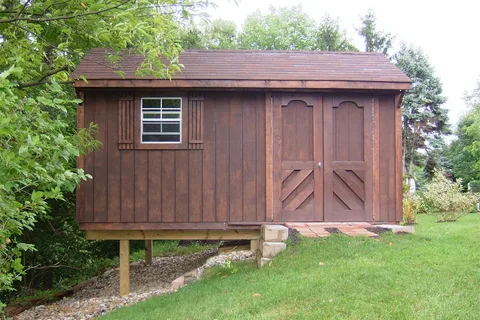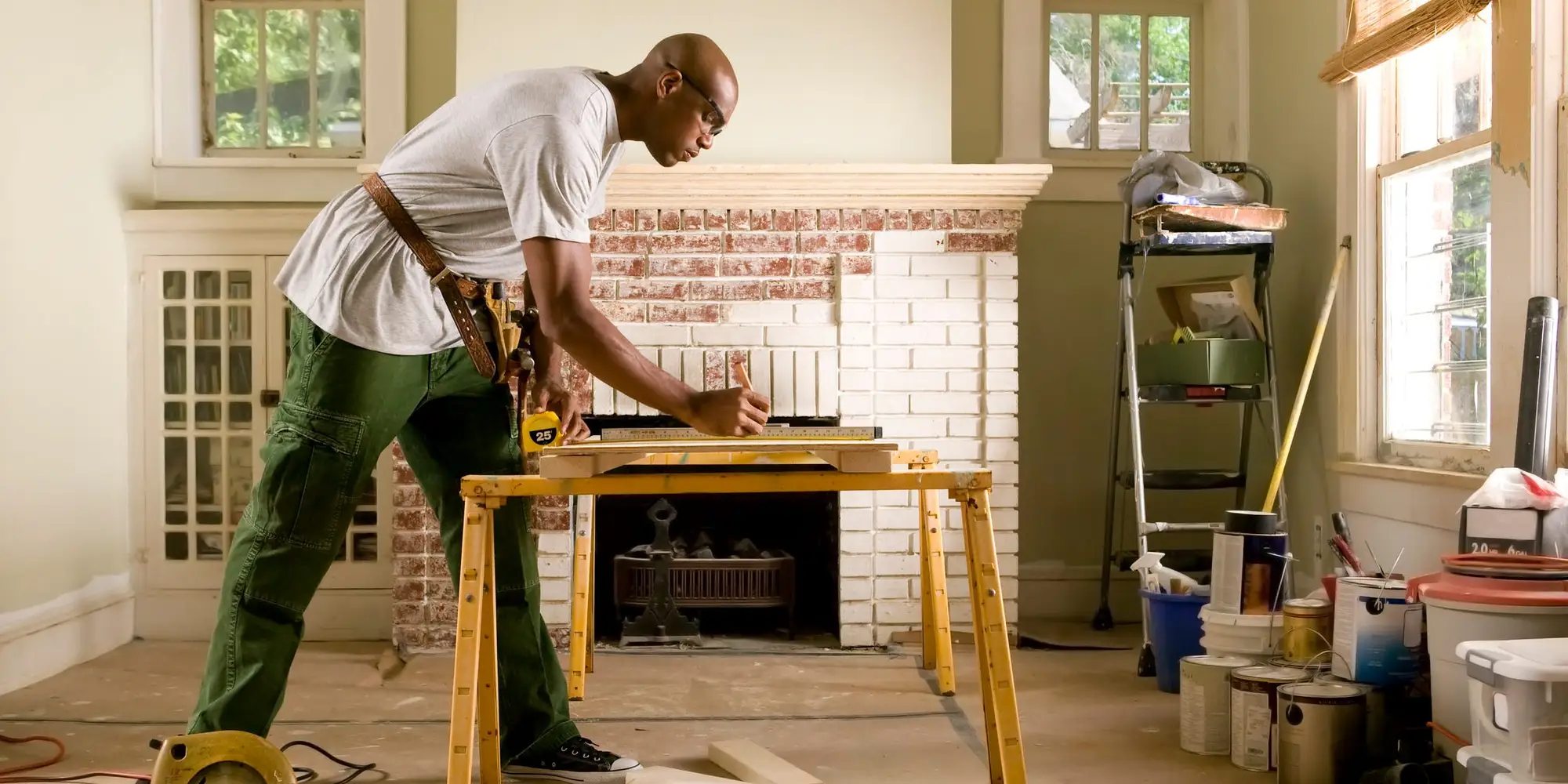Adding a shed to your property can expand storage or create a workspace—ideal for lawn tools, bikes, or crafting gear. But when the ground is uneven, you’re asking for trouble if you don’t prepare properly. A level foundation keeps your shed stable, safe, and long-lasting. A smart solution? Incorporating strong mobile home underpinning principles—skirting and foundational support—to ensure your shed remains squared and secure.
Understanding the Challenge of Uneven Ground
Uneven terrain undermines your shed in several ways. Gaps beneath one side can let critters crawl in, water collect, or the structure shift. Over time, the stress can warp walls, misalign doors, or damage flooring. If you’re building on a slope, proper leveling and support become even more critical to protect your investment.
Step 1: Evaluate the Site First
Start by staking out the prospective location and using a level or laser tool to detect slope. Walk the entire footprint and note areas that sink or tilt. Pinpointing where ground needs build-up or removal is essential. This step also guides your underpinning planning—whether it’s a simple block base, crushed rock, or full foundation skirts.
Step 2: Stabilize the Soil Underneath
If the ground tends to wash away in rain or is soft, begin by compacting the soil or laying down a gravel bed. A compacted base helps prevent settling later. For added stability, consider using reinforced concrete skirting similar to mobile home underpinning, such as DURASKIRT™, which provides a sturdy perimeter that protects against erosion and adds airflow control.
Step 3: Build a Solid Perimeter Inspired by Underpinning
Applying mobile home underpinning concepts means creating a perimeter structure that supports and encloses your shed. You can erect concrete skirting panels or cinder blocks around the base to form a level “block wall.” This foundation delivers both support and protection. Products like DURASKIRT™—originally designed for manufactured homes—work well for sheds too: they’re built to withstand pests, moisture, and seasonal changes with minimal upkeep.
Step 4: Level the Foundation Frame
Once your perimeter structure is in place, use shims or adjustable steel piers to level the shed frame. Check with a bubble or laser level across diagonal points and corners. The underpinning barrier helps keep the frame from shifting if the soil heaves or settles over time, ensuring your shed stays square.
Step 5: Ventilate and Protect Below
The space under your shed should breathe. Just like mobile home underpinning, having ventilation reduces moisture, mold, and rot risk. With concrete skirting or similar methods, make sure a small gap near the top allows airflow. This prevents condensation from building up and preserves the structural materials for years to come.
Step 6: Seal and Insulate for Added Protection
If you live in a cooler or pest-prone zone, sealing the lower edge of the shed frame against the underpinning can help keep critters and cold air out. Some homeowners even insulate part of the base, which improves energy efficiency while still allowing airflow. These measures may not be essential everywhere, but they add peace of mind in challenging climates.
Step 7: Monitor and Maintain Over Time
After installation, check periodically for sagging, drifting gravel, or moisture buildup. If you used concrete skirting like DURASKIRT™, it is typically maintenance-free, but it still pays to inspect annually. Quick checks after heavy storms or seasonal shifts can reveal issues before they become major repairs.
Seasonal Reminders: Before Storm or Rainy Seasons
- Check drainage around the foundation—water should flow away, not pool beneath the shed.
- Clear vegetation near the base—roots or plants can erode soil or push against skirting.
- Inspect ventilation gaps before rainy seasons; clogged vents can trap unwanted moisture.
- Secure roofing and siding in advance of storm season, ensuring fasteners and trim are tight.
Bonus Tip: Adding Access Points
Just as with mobile homes, sheds benefit from small access panels in the skirting to reach plumbing, wiring, or crawl space when needed. Planning for access ahead of time makes future maintenance easier without damaging the perimeter.
Why Preparation Matters
Preparing an uneven site before placing your shed is about more than appearances. A level, supported base keeps your shed stable and makes it safer to use. Proper preparation also extends the lifespan of your shed, protecting it against pests, weather, and ground movement. The result is a storage or workspace solution you can rely on for years.
Quick Inspection Checklist for Uneven-Site Shed Prep
- Evaluate slope and soil before building
- Compact soil or add gravel where needed
- Install perimeter support using skirting or block
- Level the foundation frame carefully
- Ensure ventilation with intentional gaps
- Seal or insulate for weather and pest control
- Inspect after storms and seasonal changes
- Keep vegetation trimmed and drainage flowing
By applying these underpinning-inspired techniques, your shed won’t just sit—it will stand firm. With the right preparation, it will stay dry, critter-free, and perfectly square for years to come.



